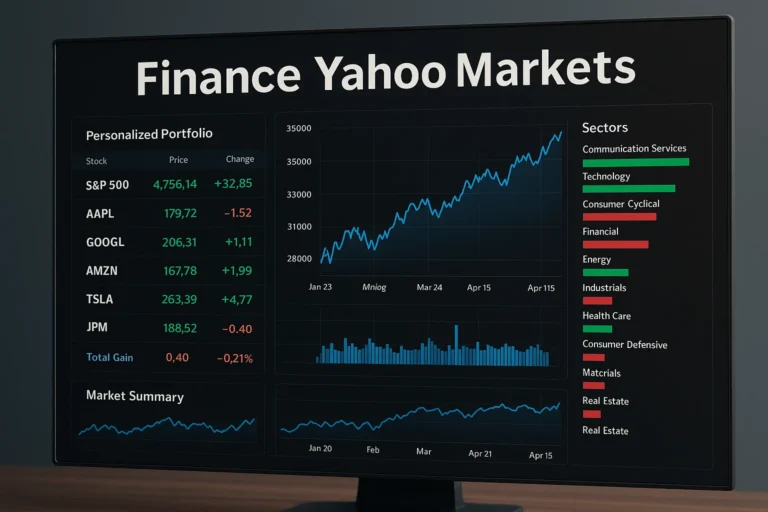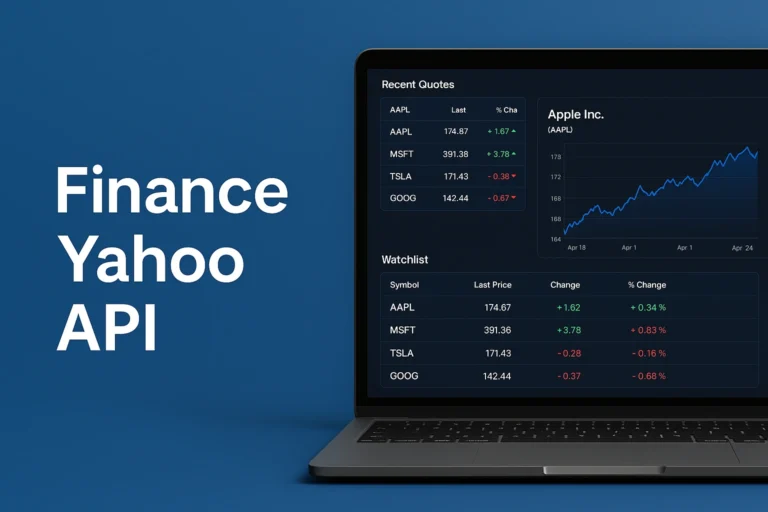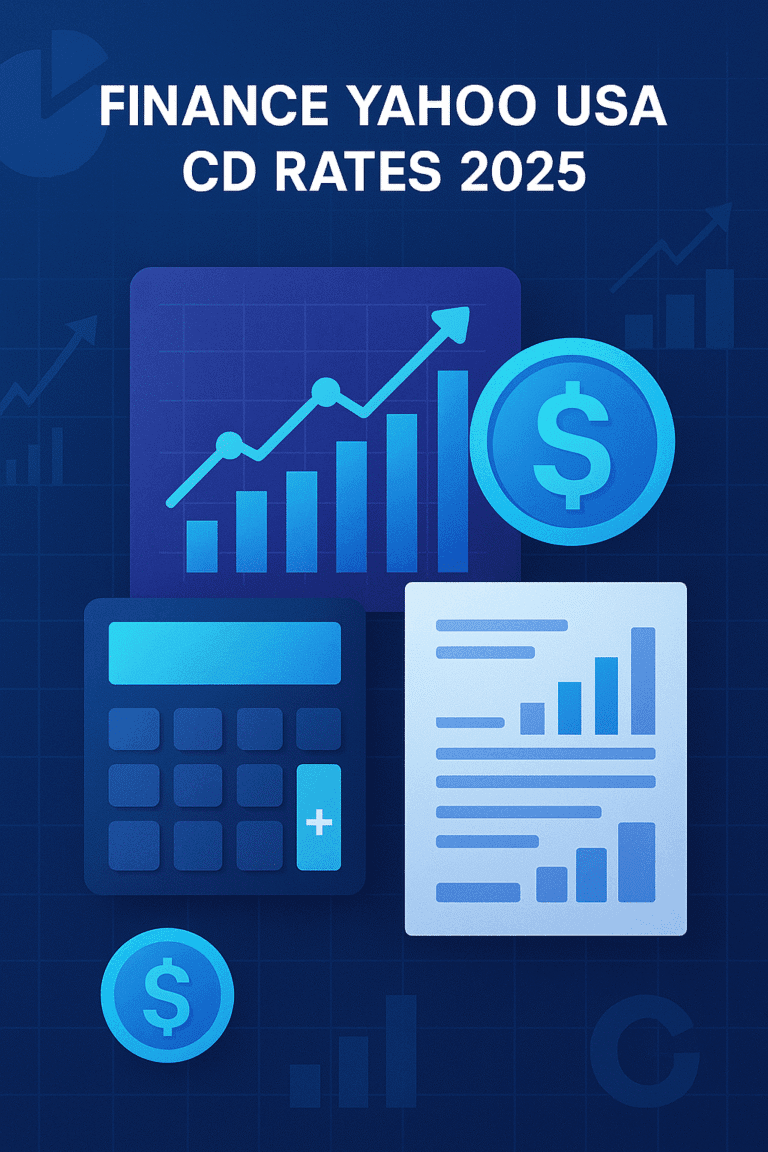
US Dollar in Philippine Peso: Daily Exchange Rate Analysis. The daily fluctuation of the US Dollar in Philippine Peso offers fascinating insights into the dynamic world of currency markets. Every day, traders, investors, businesses, and travelers keep a close watch on this exchange rate, which serves as a window into both local economic trends and broader global shifts. In this article, we explore the intricacies behind these daily movements, shedding light on the factors that influence the exchange rate, the impact of economic indicators, and the technical trends observed by market experts. With a friendly tone and detailed observations, we invite you to delve into the world of currency dynamics and discover what makes the US Dollar in Philippine Peso an essential benchmark in today’s financial landscape.
US Dollar in Philippine Peso: Understanding the Basics

At its core, the US Dollar in Philippine Peso exchange rate represents the value of one currency relative to the other. This simple ratio determines how many Philippine Pesos (PHP) you receive in exchange for a US Dollar (USD) on any given day. While the concept may seem straightforward, the underlying mechanics are influenced by a myriad of factors ranging from economic policies to market sentiment. For those new to the topic, it helps to remember that even small daily changes can signal larger economic trends over time.
The exchange rate is determined by supply and demand dynamics in the foreign exchange market. When there is high demand for US Dollars relative to Philippine Pesos, the value of the USD increases against the PHP, and vice versa. The interplay between these two currencies reflects the broader economic conditions in the United States and the Philippines. Local businesses, financial institutions, and even tourists make decisions based on these rates, emphasizing the importance of understanding the basics of this daily fluctuation.
US Dollar in Philippine Peso: Factors Influencing Daily Movements
Daily movements in the US Dollar in Philippine Peso are rarely random. Instead, they result from an amalgamation of factors that collectively push the exchange rate in one direction or the other. One of the key influencers is the difference in monetary policies between the United States and the Philippines. When the US Federal Reserve signals potential rate hikes or changes in policy, investors might flock to the US Dollar, thereby affecting its value against the Philippine Peso. Conversely, if the Bangko Sentral ng Pilipinas (BSP) introduces measures to stabilize or stimulate the economy, it can also impact the relative strength of the peso.
Economic data releases are another critical component. Reports on inflation, employment, manufacturing, and consumer spending from both countries can lead to swift movements in the exchange rate. Traders react almost instantaneously to such news, adjusting their positions based on perceived risks and opportunities. Even geopolitical events, such as trade negotiations or regional tensions, can cause the US Dollar in Philippine Peso to experience noticeable daily swings. (Read More: Financial Planning Questions to Ask When Starting a Business).
Market sentiment also plays an essential role. In times of uncertainty, investors may view the US Dollar as a safe haven, boosting its value against the Philippine Peso. On the other hand, positive economic news from the Philippines might increase confidence in the local currency, thereby narrowing the gap between the two. This constant tug-of-war between varying economic signals ensures that the daily analysis of the US Dollar in Philippine Peso remains both complex and captivating.
US Dollar in Philippine Peso: Impact of Economic Indicators
Economic indicators from both the United States and the Philippines are instrumental in shaping the daily movements of the US Dollar in Philippine Peso. In the US, key indicators such as non-farm payroll figures, the Consumer Price Index (CPI), and the Producer Price Index (PPI) provide insights into the country’s economic health. A strong performance in these indicators often leads to expectations of tighter monetary policy, which can increase the attractiveness of the US Dollar to international investors.
In the Philippines, indicators like GDP growth, inflation rates, and remittance flows play a significant role. The country’s economic landscape is also influenced by external factors such as tourism revenue and global commodity prices. For example, a surge in remittances from overseas Filipino workers can bolster the Philippine Peso, thereby influencing the exchange rate with the US Dollar. Observing these economic indicators allows market participants to gauge the overall economic trajectory and anticipate potential shifts in the US Dollar in Philippine Peso. (Read More: Financial Planning Masters Graduates Share Their Success Stories).
Furthermore, central bank communications in both countries serve as a guide for future economic policies. Announcements or policy adjustments from the Federal Reserve or the Bangko Sentral ng Pilipinas can lead to rapid market responses. As a result, staying updated on these economic indicators and understanding their implications is crucial for anyone interested in the daily movements of the US Dollar in Philippine Peso.
US Dollar in Philippine Peso: Global Economic Events and Their Influence

The global economic environment plays a significant role in the fluctuations of the US Dollar in Philippine Peso. With globalization, economies have become highly interconnected, meaning that events occurring halfway around the world can have immediate impacts on local currencies. For instance, a major policy shift in the European Union or unexpected economic data from China can create ripple effects that reach the Philippines and the United States alike. (Read More: Simple Financial Planning Examples for Beginners).
Political developments and trade relations are also essential to consider. When global markets experience uncertainty—be it from political unrest, trade wars, or unexpected shifts in international alliances—investors tend to seek stability. In such scenarios, the US Dollar is often perceived as a safe asset, leading to an appreciation against currencies like the Philippine Peso. Conversely, when global markets are buoyant and stable, the appetite for riskier investments can increase, sometimes favoring the local currency.
Commodity prices, especially oil, have an indirect yet powerful impact on the US Dollar in Philippine Peso. Changes in oil prices can influence inflation expectations and production costs, which in turn affect national economic performance. These global economic events ensure that the exchange rate is never static, and each day’s analysis of the US Dollar in Philippine Peso must take into account the broader international context.
US Dollar in Philippine Peso: Technical Analysis and Market Trends
Beyond fundamental economic factors, technical analysis plays a pivotal role in understanding the daily fluctuations of the US Dollar in Philippine Peso. Many traders and analysts study charts, looking for patterns and trends that can offer insights into future movements. Tools such as moving averages, support and resistance levels, and momentum indicators are commonly employed to gauge short-term trends and market sentiment.
For instance, a consistent upward trend in the US Dollar in Philippine Peso might signal that the US Dollar is strengthening due to underlying economic confidence, or perhaps that the Philippine Peso is facing headwinds. Conversely, a downtrend might indicate improving confidence in the Philippine economy or a shift in investor sentiment. Technical analysis does not exist in isolation; it is complemented by fundamental data and real-world events, providing a comprehensive picture of the daily exchange rate dynamics. (Read More: How to Navigate the Financial Aid Office for Scholarship Opportunities in 2024)
Traders often use intraday charts to capture the minute-by-minute fluctuations in the exchange rate. Such detailed analysis helps them to make quick decisions, whether for hedging risks or capitalizing on short-term market movements. With technology and advanced trading platforms, real-time analysis of the US Dollar in Philippine Peso has become more accessible, making it an engaging arena for both novice and experienced traders alike.
US Dollar in Philippine Peso: Real-world Implications for Businesses and Travelers

The impact of the US Dollar in Philippine Peso extends far beyond the trading floors. For local businesses, especially those engaged in international trade, the daily exchange rate is a critical factor in pricing, cost management, and profit forecasting. Companies that import raw materials or export finished products must constantly monitor the exchange rate to manage their margins effectively. A sudden appreciation or depreciation can have immediate financial implications, prompting businesses to adjust their strategies accordingly.
Travelers, too, feel the effects of daily fluctuations. Whether planning a vacation or managing expenses during an extended stay, the exchange rate directly influences how far one’s money can go. A stronger US Dollar in Philippine Peso can make travel more affordable for Americans visiting the Philippines, while a weakening dollar might encourage locals to explore opportunities abroad. In this way, the daily dance between these two currencies affects personal finances and lifestyle decisions on both sides of the exchange.
Moreover, remittances and foreign investments form another vital link between the two economies. Many Filipino families rely on remittances from relatives working abroad, and the value of these transfers is directly affected by the US Dollar in Philippine Peso. For investors, both in the Philippines and overseas, understanding the daily trends of the exchange rate can inform decisions on portfolio diversification and risk management. The everyday reality of exchange rate fluctuations thus resonates through various aspects of life, from corporate boardrooms to individual bank accounts.
By observing and analyzing these real-world implications, one gains a more comprehensive understanding of how the US Dollar in Philippine Peso influences everyday economic decisions. Whether it’s a business adjusting its pricing strategy or a traveler planning a budget-friendly itinerary, the daily exchange rate serves as a crucial piece of the financial puzzle. This ongoing interaction between market forces, economic policies, and individual choices keeps the analysis of the US Dollar in Philippine Peso both relevant and endlessly intriguing.





2 thoughts on “US Dollar in Philippine Peso: Daily Exchange Rate Analysis”